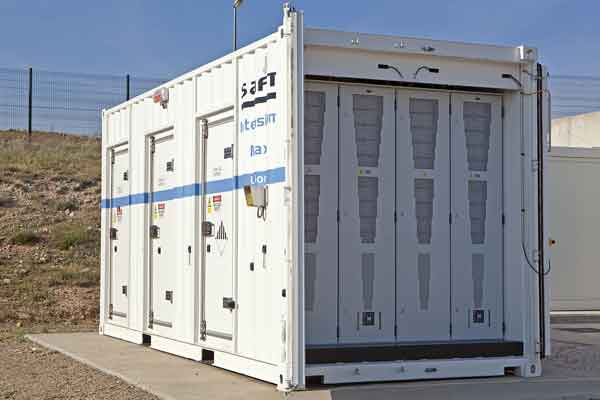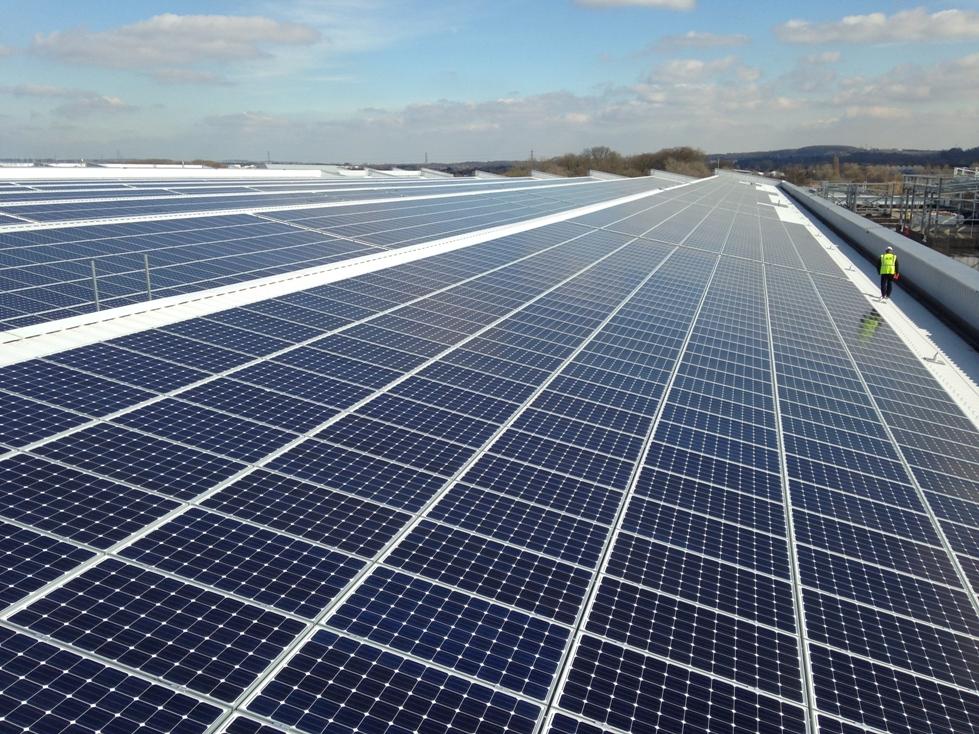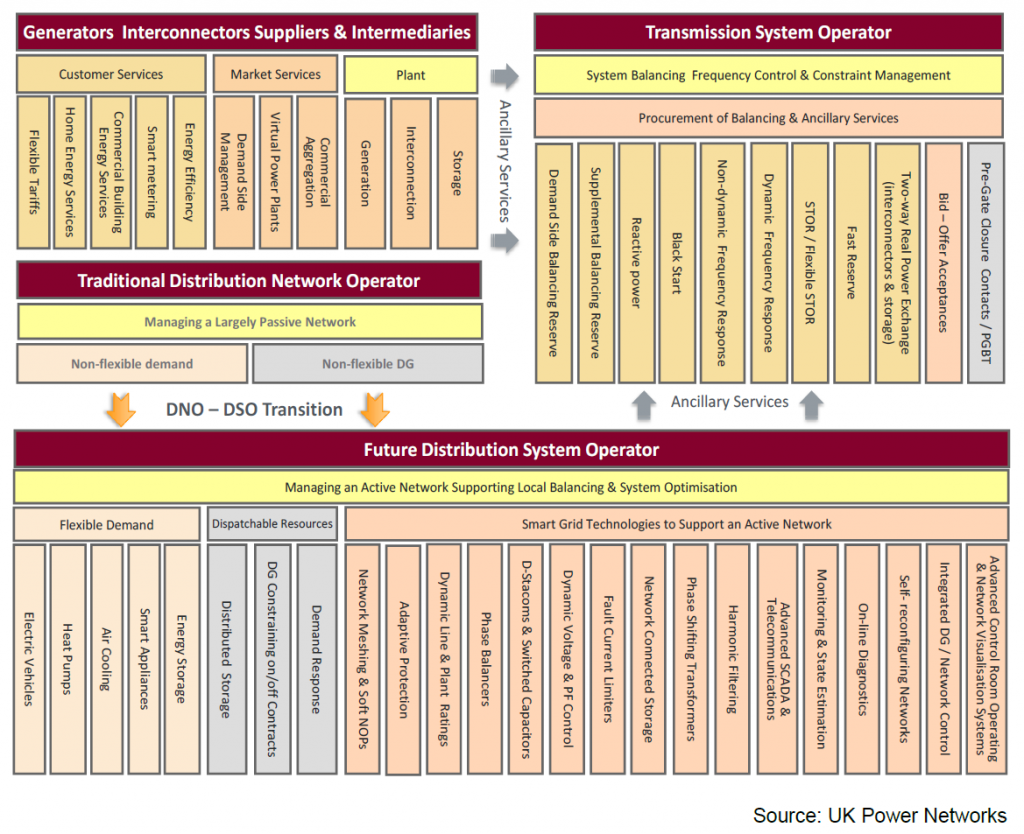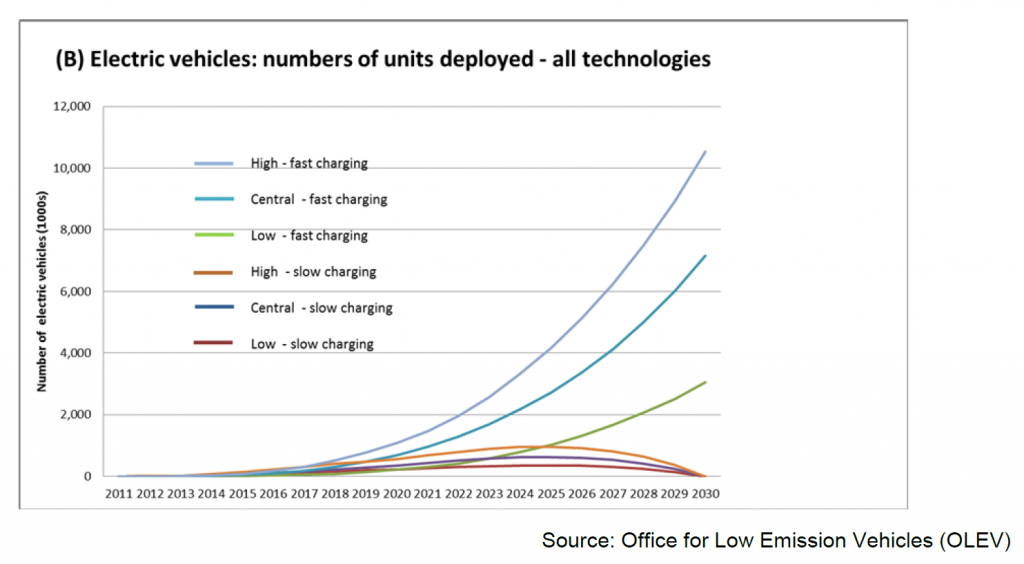The Institute for Sustainability at Newcastle University have announced this week that:
The UK’s energy industry is fragmented and a ‘system architect’ is needed to inform technical decisions and take a holistic view of the energy system in order to secure the country’s future energy supply, experts are warning. Now academics at Newcastle University are calling on the Government to create an independent, expert body to inform energy policy.
The recommendation is included in a briefing note on energy policy, being sent today, 6 May 2014, to relevant MPs and other organisations, outlining a number of concerns about the fundamental problems facing the UK’s energy market. These include: energy storage and distribution; energy pricing models; lack of competition; and water use in electricity generation.
The press release goes on to quote Professor Phil Taylor, Director of the Newcastle Institute for Research on Sustainability, as saying that:
Energy is a hot topic at the moment and the Government has made some positive steps to open up competition in the market, but much more work is required – and quickly. There’s an urgent need to reduce carbon emissions while protecting the UK’s future energy security. It’s vital that politicians move beyond short-term political soundbites and instead support those initiatives that could make a real and sustainable difference.
The University is calling on the Government to establish a group of experts that can take a long-term view about what is required and inform technical decisions and energy policy in a more effective manner than the current situation. For instance, debate among policymakers focuses almost exclusively on issues of affordability and emissions reductions, ignoring the vital issue of the energy sector’s use of water. This thinking risks locking the UK into a future in which water availability could put energy security at risk, and power stations could be forced to reduce production or even shut down if there isn’t sufficient water available to keep them safely operational.
The briefing note itself elucidates:
The Energy Act received Royal Assent on 18 December 2013. The Act is designed to establish a legislative framework for the delivery of secure, affordable and low carbon energy. However, we are concerned that the Act does not take into account some of the more fundamental problems facing the energy market, putting the sustainability of the UK’s energy systems at risk. We believe there are five areas that need further consideration:
- Energy storage and distribution
- Energy pricing models
- Competition
- Water use in electricity generation
- The need for a system architect
Here at V2G we have long championed the cause of distributed energy storage, so we have nothing to quibble about with this from the first bullet:
The national electricity network… cannot feasibly be replaced. But it will struggle to cope with the substantial additional demands likely to be placed on it over the coming decades, such as decarbonisation and additional electrification of transport and heat demand.
Policymakers and energy providers need to do more to understand how and why customers use and generate energy, so they can look at ways to enable behaviour change and reduce demand on the network in peak times.
- We need to find ways to store energy efficiently and effectively when plentiful and low carbon so it can be released during periods of high demand, high carbon or to keep the lights on after major storms have damaged network assets.
- In addition, smart grids… will provide better understanding of when and why people use energy in the ways they do.
Moving on to competition:
The way energy provision is managed needs to be transformed. Currently, companies that develop and build energy generators, whether wind farms, solar panels or tidal turbines, have to sell the energy they produce on the wholesale market. This puts them at a serious disadvantage to the big six energy suppliers, who can generate energy and then sell it back to themselves at preferential rates, before selling it on to customers at a profit.
Agreed. Pricing models next:
- Currently, energy companies make very small margins on each unit of energy produced, so they need to sell volume in order to make a profit. This leads to a bad deal for consumers, as there is no incentive for companies to help customers reduce their energy use.
- Instead, energy providers should be rewarded for providing tools and techniques that help customers use energy efficiently and cost-effectively.
So far so good, but how might that second bullet be implemented in practice?
The Government needs to work with the energy industry to fundamentally change the way energy is priced, to enable us to move from a system where generation follows demand to one where demand is based on the cost of generation, storage and distribution at any given time.
For us here at V2G this is the 64,000 ExaPound (E£64k for short) question. That’s very easy to say Phil, but how on Earth do you achieve it in practice? Given the fact that I sit on international standards committees that discuss this sort of thing on a regular basis, perhaps I might rephrase the question as “What international standards for deregulated energy markets will be required in order to facilitate a system in which demand follows generation + storage at any given time?”
The Guardian “Energy Industry” section has published an article on this topic, but they seem to me to miss that vital (IMHO!) point. They lead off with a picture of some electricity pylons with no storage in sight, and say that:
The government must urgently establish a strategic authority to oversee the future growth of Britain’s ageing energy infrastructure, a study argues on Tuesday .
Academics at Newcastle University challenge the government’s market-based approach, saying the £100bn needed to secure energy security is not being delivered by a fragmented system that lacks central direction.
The academics, led by Prof Phil Taylor, argue that the country needs a “systems architect” and that energy, at least for the bulk of the population, is too cheap, which is leading to waste.
While the Labour party has already said it wants an energy security board, one leading figure in the industry has said that Taylor was highlighting that “nobody is in charge” of the country’s energy policy.
The Guardian doesn’t mention the word “standards” once, and neither do Newcastle University. Here are their concluding bullet points:
- There are a number of problems facing the energy market, and policymakers need to think seriously about the wide ranging and long lasting effect their decisions will have.
- The Government needs to ensure that the price of energy reflects the cost of storing and distributing it, as well as generating it, and that those firms that provide energy to the wholesale market are rewarded fairly with respect to those who sell it direct to consumers.
- In addition, the impact of energy generation on water availability must be considered to avoid a future in which the UK faces power shortages and even blackouts.
- Finally, the Government should make better use of independent experts when considering energy policy.
Hear, hear! To that last bullet point at the very least! For the Guardian and anybody else out there that might be interested, here’s what some storage in Spain looks like:






 On Aug. 29, the team successfully commissioned five bidirectional chargers and the aggregating control system as part of the Smart Power Infrastructure Demonstration for Energy Reliability and Security (
On Aug. 29, the team successfully commissioned five bidirectional chargers and the aggregating control system as part of the Smart Power Infrastructure Demonstration for Energy Reliability and Security (